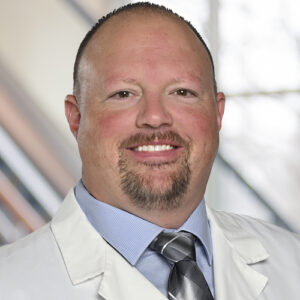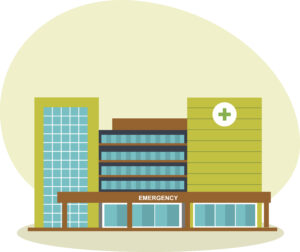Where to go when? Immediate care, emergency room or primary care
Your kid falls down the steps. Or the knife slips while you’re chopping vegetables. Or your chest suddenly hurts. What do you do?

You need to choose among the emergency room, immediate care or your primary care provider’s office. But when the unexpected happens, it can be hard to decide. Here’s how to make the call.
 Immediate care clinics
Immediate care clinics
“Immediate care clinics aren’t a substitute for emergency care,” says David Cherry, a certified nurse practitioner at Riverside Immediate Care. “Immediate care is a good option on weekends or evenings when your primary care provider’s office may be closed.”
Head to immediate care with these and other minor issues when you can’t see your usual provider:
● Minor cuts and burns. ● Headaches.
● Sprains and strains. ● Rashers.
● Urinary tract infections. ● Back pain.
● Cold and flu symptoms. ● Pink eye.
● Minor upset stomach. ● Earraches.
Remember, immediate cares may not have your health information on file, so be sure to tell them about any medications you’re taking and if you have any allergies.
Riverside Healthcare has immediate care locations in Bradley, Kankakee, Coal City and Watseka.
 Emergency department (ED)
Emergency department (ED)
Emergency departments, also known as emergency rooms, are part of hospitals. They offer the special equipment and highly trained providers that emergencies require.
Call 911 or head to Riverside’s emergency department if you experience any of these emergencies:
● Chest pain.
● Severe bleeding.
● Difficulty breathing.
● Facial drooping or weakness in a leg or arm.
● Head trauma.
● Sudden confusion.
● Severe abdominal pain.
 Primary care
Primary care
If the care you need is not an emergency and your doctor’s office is open, consider going to your primary care provider (PCP). There’s trust and a relationship between patient and doctor, even if you’ve only met a few times. Plus, they have your medical records on file and know your health history.
A PCP can treat the same problems that an immediate care clinic handles—if an appointment is available.
Sources: American Academy of Family Physicians; American College of Emergency Physicians
 Need a primary care provider?
Need a primary care provider?
Find the right partner for your health at Riverside.
